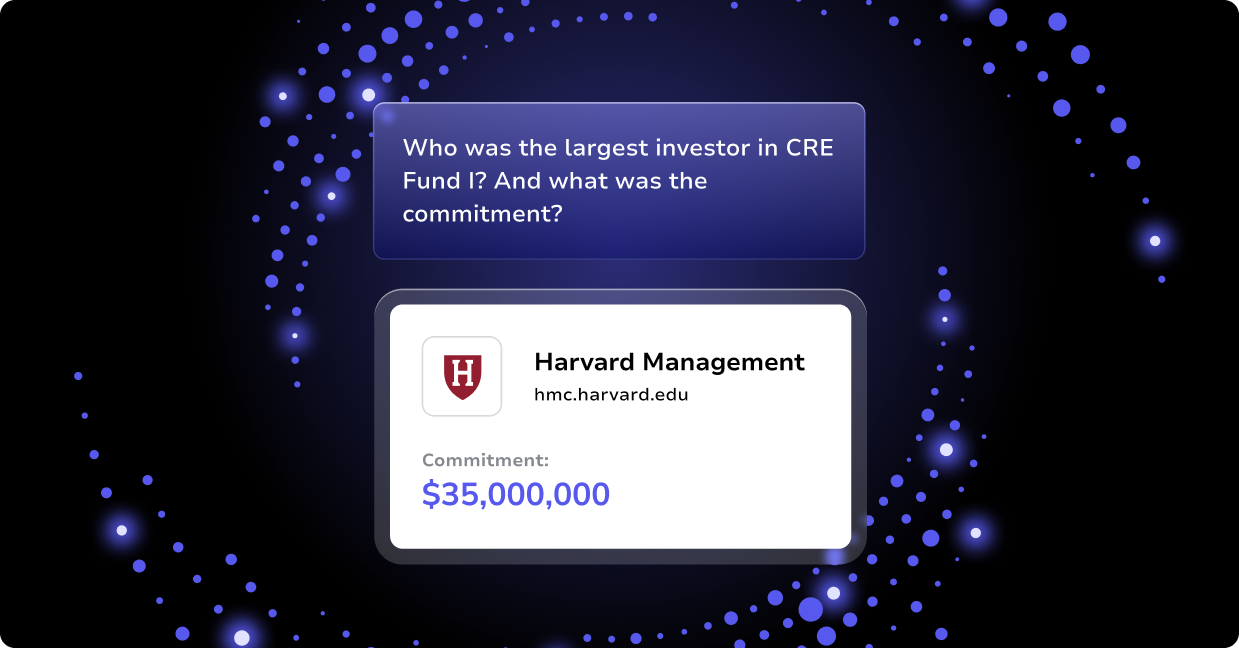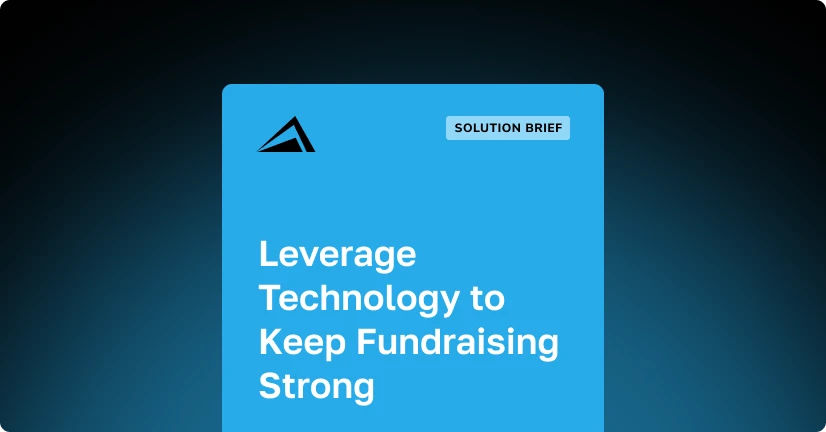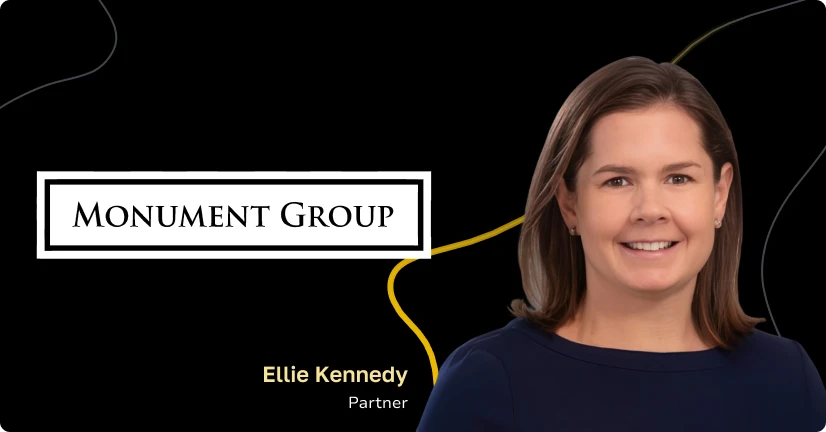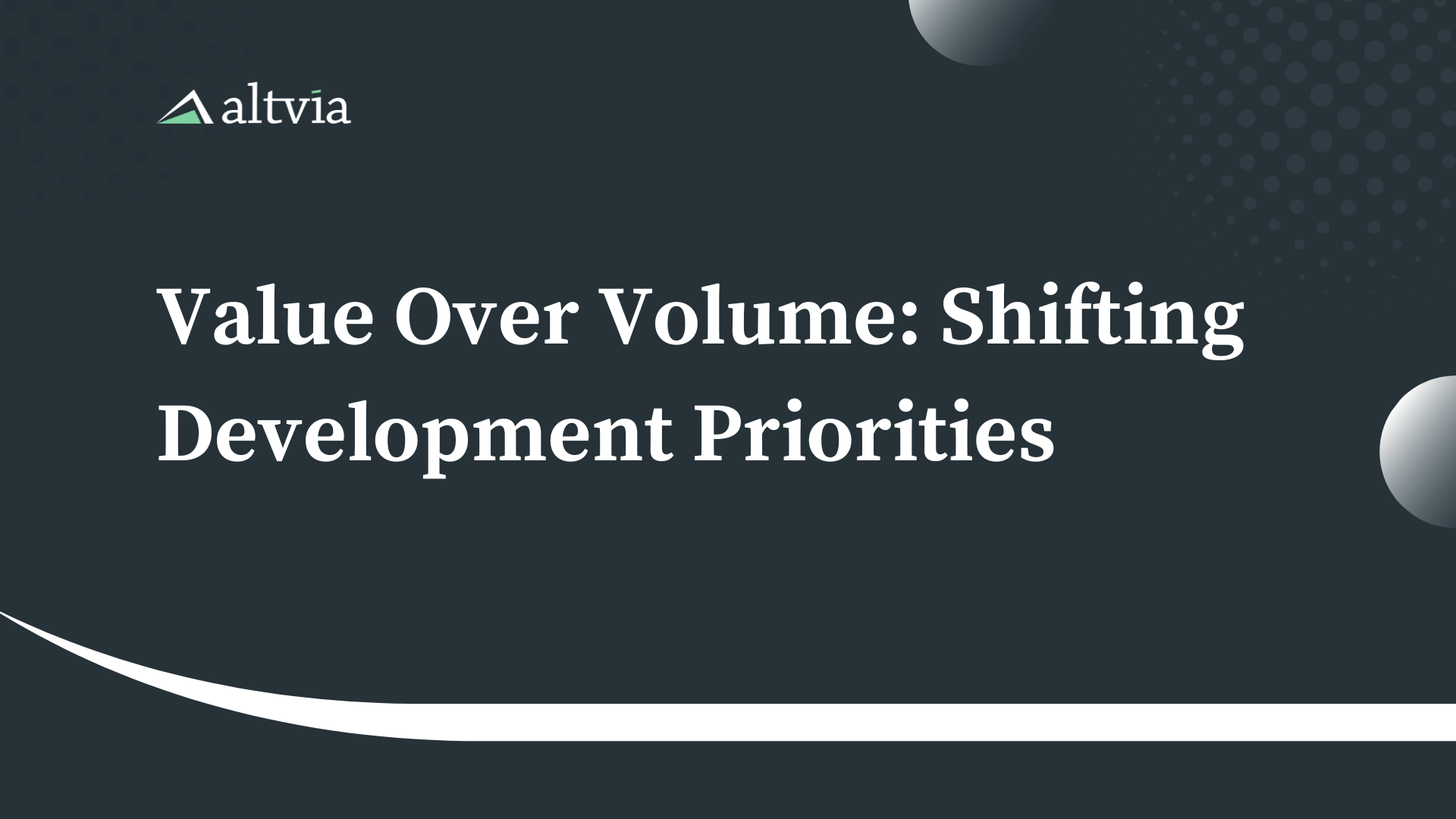
In the world of alternatives, which acronym reigns supreme when it comes to demonstrating strong fund performance in private equity reporting: ROI, IRR, EBITDA, DPI? All these metrics serve as guiding stars for private equity investors navigating the complex landscape of successful investment management. However, the private equity landscape appears to be undergoing a transformation, emphasizing investments that not only forecast the highest returns but also demonstrate immediate cash distributions. So, what’s the better metric for firms to measure their investment success? Let’s delve into this evolving debate and uncover the potential shift from traditional IRR metrics to the rising prominence of DPI when attracting new investors.
Understanding DPI and IRR
First, let’s clarify what DPI and IRR represent:
- Distributed to Paid-In Capital (DPI) measures the ratio of distributions received by investors to the amount of capital they initially invested. In simple terms, it gauges how much of an investor’s capital has been returned to them through distributions after they have made an investment.
- Internal Rate of Return (IRR) measures the annualized rate of return earned on an investment over a specific period of time. It’s a metric that forecasts an investment’s profitability by considering the time value of money by setting the net present value of cash flows at zero.
The Pros and Cons to IRR
IRR has traditionally been the primary metric for evaluating investment success due to its ability to measure the annualized rate of return on invested capital, reflecting the efficiency and profitability of an investment over time. IRR helps investors compare the potential returns of different investments and assess whether they meet their required rate of return.
However, IRR does not account for the scale of the investment, cash flow timing, or the reinvestment of interim cash flows at the same rate. It can be misleading in scenarios involving multiple capital inflows and outflows or when comparing projects with significantly different durations. Its shortcomings include the potential for multiple IRRs in non-conventional cash flow patterns and its assumption that interim cash flows are reinvested at the same rate, which may not be realistic.
Given these limitations, the rising prominence of metrics such as DPI have become popular when doing a comprehensive analysis on performance.
The Rising Prominence of DPI
While IRR is a crucial metric for assessing the overall forecasted performance of an investment, DPI provides a different perspective by focusing on the actual return to investors. A high IRR projection is undoubtedly attractive to investors, but having a strong DPI demonstrates true investment performance, which can significantly boost investor satisfaction. In a world where LPs are pressuring GPs to find creative ways to achieve liquidity, DPI becomes a vital measure for capital efficiency.
Moreover, DPI offers investors a more tangible view of their investment’s progress. Unlike IRR, which can fluctuate significantly over time, DPI provides a clear picture of how much capital has been recouped. This transparency can be especially valuable in volatile markets or during economic downturns when investors prioritize preserving capital.
Another factor driving the prominence of DPI is the evolving nature of investment strategies. As investors increasingly focus on risk-adjusted returns and capital preservation, DPI emerges as a relevant metric for evaluating performance. In contrast to IRR, which may not fully account for the timing and magnitude of cash flows, DPI offers a straightforward measure of cash return relative to invested capital.
Understanding DPI Limitations in Investment Performance Evaluation
The shift from traditional IRR metrics to the rising prominence of DPI highlights a significant transformation in the private equity landscape. As investors seek more tangible and transparent measures of performance, DPI provides a clear and reliable metric of capital efficiency.
All of this said, it’s essential to recognize that DPI is not without its limitations. For instance, it may not fully capture the opportunity cost of capital or account for the time value of money, aspects that IRR addresses more comprehensively. Additionally, DPI does not consider unrealized gains or losses, which can impact overall investment performance.
All to say, while DPI presents a compelling perspective on investment success, it is not necessarily a replacement for IRR. Instead, it serves as a complementary metric, particularly in the realm of alternative investments where cash flow and capital preservation are paramount.
Embracing Technology for Data-Driven Decisions
A transformative trend in private equity is leveraging modern technology to inform investment decisions. Deal teams are increasingly relying on advanced technology to uncover patterns and trends that could significantly impact potential outcomes. The demand for solutions offering predictive analytics that can accurately forecast cash flows, even amidst fluctuating market conditions, is on the rise. Additionally, deal teams seek deeper insights into customer behavior and market dynamics to identify the best exit strategies and value creation opportunities within portfolio companies.
In the past, having a robust data analytics infrastructure was a differentiating factor for firms. Today, it has become essential for demonstrating fund performance to investors. This technological pivot is empowering Private Equity firms to:
- Make Timely Decisions: With having the right data infrastructure in place that aggregates performance metrics systematically, firms can make strategic decisions faster.
- Identify Operational Efficiencies: Advanced analytics tools enable firms to pinpoint shortcomings within portfolio companies, driving improvements and value creation.
- Proactively Manage Risks: Predictive analytics allow firms to anticipate and share anticipated investment performance with LPs in a more transparent and wholistic fashion.
The adoption of these technologies aligns perfectly with the growing importance of DPI as it allows firms to optimize their cash flows and enhance their capital distribution strategies. By leveraging a technology and data-first mindset, firms can identify the most promising opportunities and mitigate risks more effectively, helping to create a steady and predictable return of capital to investors.
So What Does This All Mean?
As investors continue to navigate evolving market dynamics and pursue diverse strategies, understanding the nuances of both DPI and IRR will be crucial for evaluating performance and making informed investment decisions.
Coupled with the adoption of advanced technologies, firms need to be better equipped to make informed, data-driven decisions that not only maximize returns but also ensure timely distributions to investors. This dual focus on technological innovation and robust performance metrics positions private equity firms to thrive in an increasingly competitive and dynamic market.
Interested in learning how your firm can leverage Altvia’s private equity data platform to measure and make data-driven investment decisions? Talk to one of our industry experts: altvia.com/book-a-meeting







